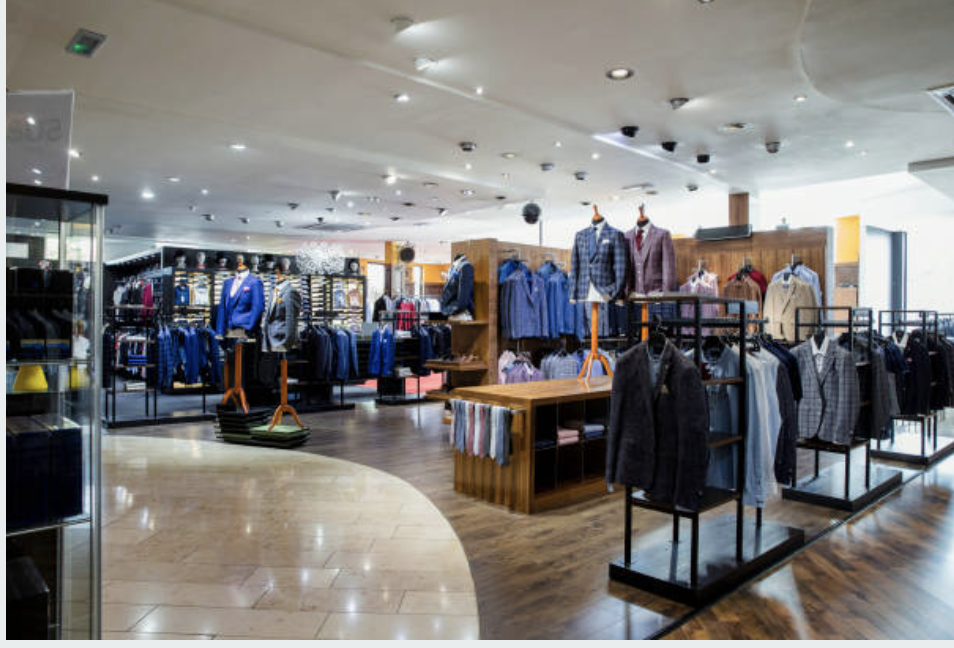The fashion industry is one of the worst offenders when it comes to damaging our environment. But, the good news is that individuals can make an impact and reduce the negative effect they have on the environment by making better choices when it comes to shopping for and maintaining their clothing.
Here are some simple steps you can take to reduce the negative environmental impact of your clothing choices:
1. Wash Better.
Wash everything (except delicates) together in cold water. It is perfectly okay to wash colors, lights, and whites together. As long as you use cold water, any bleeding or color transfer should be nonexistent.
Use eco-friendly detergent that is plant-based and is easier on our water filtration systems. Read detergent labels to determine which detergent is the least harmful to the environment. Or try our DIY laundry detergent recipe!
Hang dry as much of your laundry as possible. If you really can’t break the dryer habit, you can partially dry your clothes and hang them to dry the rest of the way – this will avoid stiffness and major wrinkles, while still reducing your gas and/or electric usage.
Read how to have a Zero Waste Laundry Routine here.

2. Buy Multi-Purpose Clothing.
Purchase clothes that work for a variety of situations. For example, a good pair of sustainable joggers or leggings with some structure can take you from grocery shopping, watching your child’s soccer game, running, and even sleeping.
3. Invest in Quality Pieces that Will Last.
Finding a quality piece of clothing that will last you a long time is a great way to reduce your negative fashion impact on the environment. If you buy a flattering dress or well-made pair of shoes that you can wear to work for years, you reduce the number of items you have to purchase and thereby reduce the number of items that clothing companies need to produce.
Related Reading: Best Books about Sustainable Fashion
4. Buy Clothing on Alternative Marketplaces.
There are many online marketplaces where you can buy pre-owned and even new clothing at prices well below the manufacturer’s suggested retail price.
If buying used clothing feels a bit foreign to you, there are many new with tags, new without tags, and excellent condition items available on such marketplaces and searchable by condition.
When you buy clothing from another person or on a marketplace offering these kinds of items, not only are you saving money, you are extending the life of the clothing items and saving them from a landfill.

5. Give Your Clothes a Second Life.
If you are done with a piece of clothing, there are many ways to give it a second life. You can sell or donate the item. You could also turn the item into something new and useful.
You can turn a towel into cleaning rags for the kitchen by cutting it into smaller pieces. You can turn a sweater into a pillow cover, stocking, or any other number of items.
6. Wear it Out and Only Buy What You Love.
Wear the heck out of the clothes you have. The longer life you give your clothing, the less new clothing you’ll need to purchase. Additionally, look for clothing, shoes, and accessories that are long-wearing and low-maintenance.
For example, look for shoes that are washable and clothing that doesn’t need to be dry-cleaned. When it comes time to replace or bring a new piece of clothing into your home, only buy a piece if it feels great and you love everything about it.
If you are tugging at a shirt in the dressing room, chances are that you’re not going to wear the item once you get home. Have high standards for new pieces you buy and stick to them. If something is inexpensive but isn’t likely to be worn a lot, don’t buy it.
7. Find Brands You Like.
If you find that a particular brand makes clothing that fits you better than others, then stick to it. No need to waste your time looking for another alternative if you have found what works for you.
Also, if you know that a certain style of clothing from a certain brand fits you well, you can search for that particular item on second-hand sites and other marketplaces and score yourself (and the environment) a good deal.

8. Support Brands that are Trying.
Any company that makes clothing is creating a negative impact on our environment. However, there are many companies that are purposefully and actively trying to lessen their negative impact.
Some companies use recycled materials to make shoes and clothing. Other companies will repair damaged items to extend the life of their products. Additionally, some clothing companies also try to use organic fabrics and the least-damaging dyes as possible. Seek out the ethical brands that are making an effort and support them with your clothing purchases.
If you implement some of these actions, you can help limit your negative impact on the environment. In the process, you will curate a high-quality, ethical wardrobe that lasts a long time and likely spend less on clothing than you did in the past.
By taking these steps, you can also be an example to others of how to use clothing to have a good impact on our environment.

